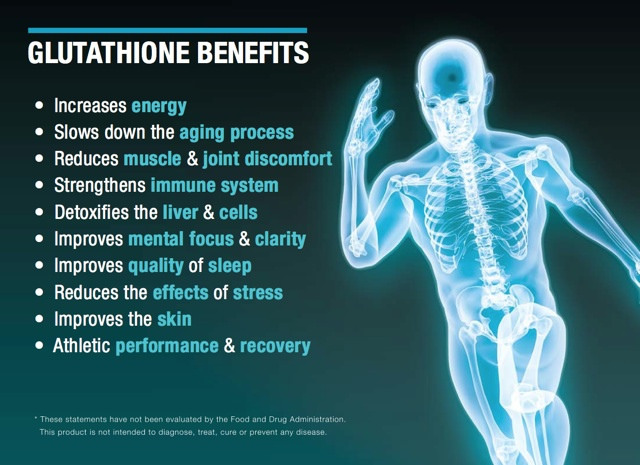Astrocytes Prevent Ethanol Induced Apoptosis of Nrf2 Depleted Neurons by Maintaining GSH Homeostasis
Glutathione (GSH), a major cellular antioxidant, is the most abundant
intracellular non-protein thiol and anti-oxidant in the body with a
concentration of approximately 2 - 3 mM in brain. It can protect cells against
oxidative stress injury. It is also vital for guarding normal healthy
metabolism as well as defense against a range of disease and toxicity
mechanisms by appropriately controlling cellular redox levels, most notably in
the central nervous system (CNS).
Nuclear factor erythroid 2-related factor 2 (NFE2L2/Nrf2) is a redox
sensitive master regulator of battery of antioxidant enzymes including those
involved in GSH antioxidant machinery. In various experimental models of
neurodegeneration, neuronal antioxidant defenses (mainly GSH) have been shown
to be supported by astrocytes. The authors therefore sought to determine
whether astrocytes could render protection to neurons against ethanol (ETOH)
toxicity, particularly when the function of Nrf2 was compromised in neurons.
The experimental
model consisted of co-culturing PCAs with Nrf2 downregulated PCNs that were
exposed with and without 4 mg/mL ETOH for 24 h. Monochlorobimane (MCB) staining
followed by FACS analysis showed that astrocytes blocked ETOH induced GSH
decrement in Nrf2-silenced neurons as opposed to exaggerated GSH depletion in
Nrf2 downregulated PCNs alone. Similarly, the heightened activation of caspase
3/7 observed in Nrf2-compromised neurons was attenuated when co-cultured with
astrocytes as measured by luminescence based caspase Glo assay. Furthermore,
annexin-V-FITC staining followed by FACS analysis revealed that Nrf2 depleted
neurons showed resistance to ETOH induced neuronal apoptosis when co-cultured
with astrocytes.
In conclusion, the
current study identified a neuroprotective role for cortical astrocytes against
ETOH even under a condition when neurons were partially depleted of Nrf2 based
antioxidant machinery. Another important finding of the study was that this
neuroprotective effect of astrocyte despite partially compromised neuronal Nrf2
could be achieved by GSH supply, a central component mediating redox signaling
and cell death progression.
Article by Madhusudhanan
Narasimhan, et al, from Texas Tech University Health
Sciences Center, Lubbock, USA.
Full access: http://mrw.so/JPleh
Image by wcaprunner, from Flickr-cc.

评论
发表评论